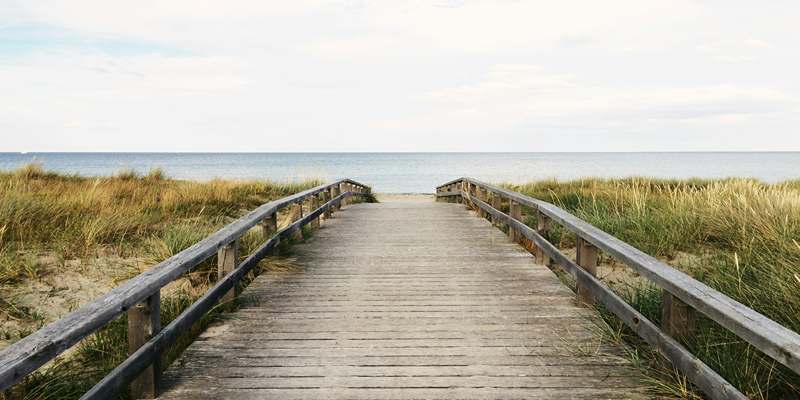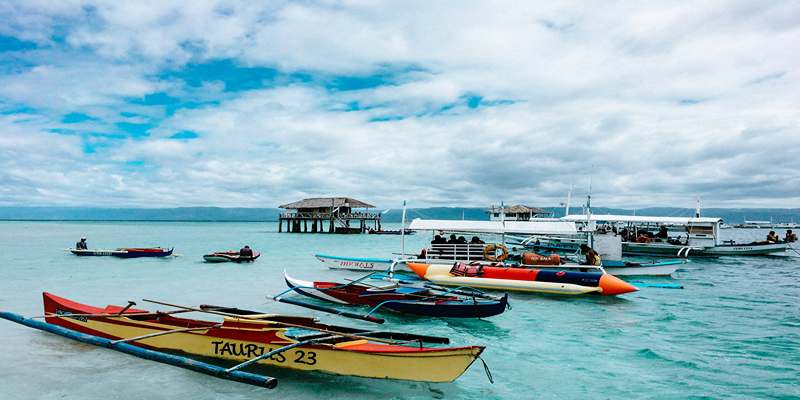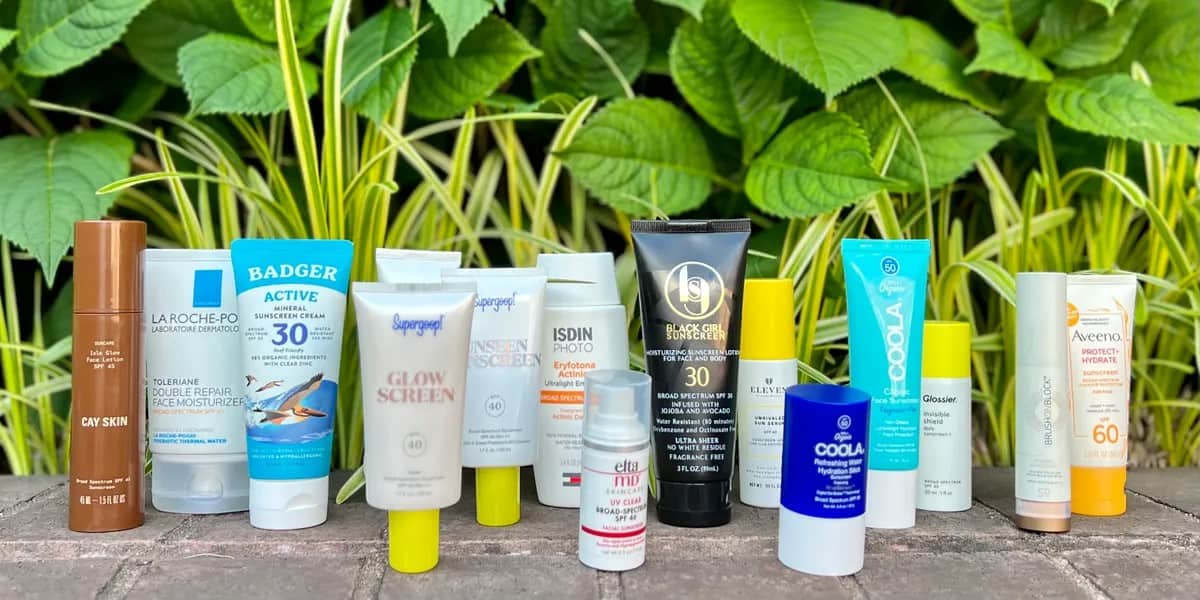Enjoy Overnight Camping at Anawangin Cove in Zambales
Located in the province of Zambales, Anawangin Cove camping provides a pristine experience for those who are into nature tripping and thrill. This wonderful tropical island with the black sand coast, perfectly transparent waters, and the forest of pine trees is one of the most beautiful camps in the Philippines. They have no electricity or even signals for their mobile phone, but it is a good thing because it provides the visitors with an exciting outdoor trip, best for an overnight stay at the beach in Zambales. There are many activities for those arriving by boat and those who hike through mountains, and this is a gem that may not be easily noticed. This Zambales overnight beach adventure is perfect for those who want to escape the hustle and bustle of city life.

How to Reach Anawangin Cove
By Boat: The Easiest Route
To get to Anawangin Cove Zambales, one is advised to use a boat from Pundaquit, a small town found in San Antonio Zambales. The boat ride lasts about half an hour to three quarters of an hour, and the views are the sharp cliffs and other coves. There are boats for single persons and groups as well, and the cost of the boats may differ seasonally. It is advisable to make a reservation in advance, especially during the busy seasons of the year. Sometimes it is a bit shaky, so helmets are offered for safety purposes. Sailing also provides an opportunity to move from one island to another, such as Nagsasa and Capones, for island hopping.
By Trekking: A Thrilling Alternative
To make the trip more adventurous, one can take the challenge of trekking from Pundaquit to Anawangin Cove. The hike takes approximately 4-6 hours depending on the pace and whether the climbers meet good weather en route. It passes through the thickets of trees, hills, and plains and provides a fantastic view of the seashores. It is therefore recommended that hikers wear appropriate clothing, carry water, and engage in the hike early in the morning to avoid the scorching sun. The trek is not very difficult, but it is not easy either, and one can do it if he or she has a reasonable level of fitness. The gentle sea breeze blowing at the beach and the scenic view of the cove are worth going for after the strenuous trek.
Camping Essentials for an Unforgettable Stay
Must-Have Gear and Supplies
Anawangin Cove does not have establishments that offer food and other basic commodities; therefore, campers are advised to bring their own supplies. These are items such as a tent, sleeping bag, and cooking utensils, which are very essential on any camping trip. A flashlight or rechargeable lamp is needed because there is no electricity. A power bank can assist in ensuring that the devices are charged for the purpose of taking photos. Food and drinking water should be packed as there are few shops around because most of the items to be taken for the journey will have to be bought from the camp. Do not forget to take basic essentials such as first aid kits, insect repellent, and biodegradable toiletries on the trip to make the stay as comfortable as possible. Campers should also pack their own trash bags in order to ensure they do not litter the cove through cases of LNT.
Best Spots to Set Up Camp
Choosing the right camping spot enhances the experience. Many prefer pitching tents near the pine trees, which provide shade and a cool breeze throughout the day. The beachfront offers stunning sunrise and sunset views, but tides and strong winds should be considered. If camping in a group, staying near the central area with shared cooking spaces is ideal. Those seeking solitude can move farther along the shore for a quieter spot. Regardless of location, setting up camp early ensures the best spots before they fill up, especially during peak seasons.
Exciting Activities at Anawangin Cove
Hiking and Exploring the Scenic Trails
Anawangin Cove offers more than just a beach; it has hiking trails that lead to panoramic viewpoints. One of the best trails is a short but steep climb to a hill overlooking the entire cove. From the top, the mix of deep blue waters, white sand, and green pine forests creates a stunning sight. Hikers should wear sturdy shoes and bring water, as the heat can be intense. The trail is perfect for catching sunrise or sunset views, providing a rewarding experience for photographers and nature lovers alike.

Swimming, Snorkeling, and Beach Fun
The clear waters of Anawangin Cove are perfect for swimming and snorkeling. The beach has a gentle slope, making it safe for wading and playing in the shallows. While the area doesn’t have extensive coral reefs, small fish and marine life can still be spotted near the rocky edges. Those looking for adventure can try bodyboarding when the waves pick up. For relaxation, campers can set up hammocks under the trees or enjoy a beachside picnic. Whether seeking adventure or tranquility, the cove provides a refreshing retreat from daily routines.
Tips for a Safe and Enjoyable Zambales Overnight Beach Trip
To make the most of an Anawangin Cove camping trip, visitors should check the weather forecast before heading out. Strong winds and rough waves can make boat rides dangerous. Bringing cash is essential since there are no ATMs or stores. Campfires should be handled responsibly to prevent wildfires, and all trash should be taken back to preserve the natural beauty of the cove. First-time campers should consider hiring a local guide for assistance. Lastly, being respectful to fellow campers ensures a pleasant experience for everyone, fostering a sense of community in this hidden paradise.
Conclusion
Anawangin Cove camping is a one-of-a-kind experience that combines adventure, relaxation, and nature. This Zambales overnight beach trip allows visitors to disconnect from city life and embrace the simplicity of the outdoors. Whether trekking through scenic trails, swimming in crystal-clear waters, or enjoying a peaceful night under the stars, Anawangin Cove remains one of the best camping Philippines destinations. By preparing well and respecting the environment, travelers can create unforgettable memories in this breathtaking paradise. If you’re seeking the perfect weekend escape, Anawangin Cove is a must-visit spot for every nature lover.












